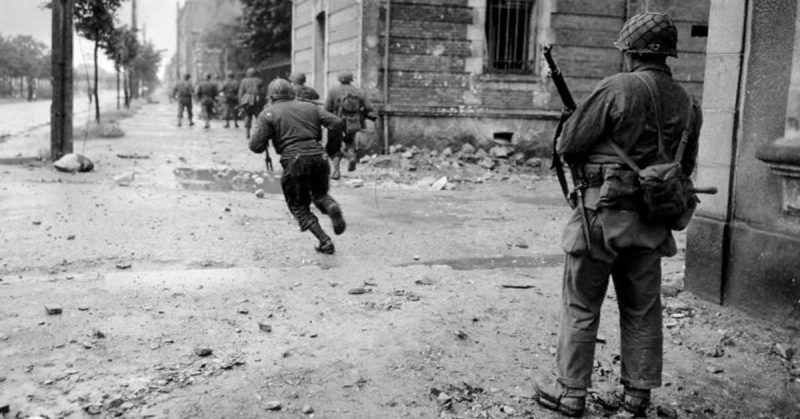The northern French coast, from Brittany to Pas-de-Calais has a plethora of ports of all sizes. Today, it is easy to overlook their importance, but during the Second World War, they were the Allied Army’s only lifelines while fighting across Occupied France.
First, they needed to be captured. With the Army and Navy preparing for their “Great Crusade,” a Coast Guard Commander was promoted to US Naval Command, Europe. He was given the daunting task of figuring out how in the world to do it.
Quentin R. Walsh was born in Providence, Rhode Island on February 2nd, 1910. He grew up on the New England coast, and always had a love of the sea. Walsh attended the U.S. Coast Guard Academy in 1929, graduating in 1933 as an Ensign. He then joined the fleet, serving on a number of Cutters. From 1937-1939 he even acted as a quasi-spy for the U.S. Department of Commerce on board a Norwegian whaling vessel. But Walsh’s greatest career successes came in 1944.
After finishing a tour on board a transport ship, Walsh received orders; he was bound for London, England. There he was to report to the Commander of U.S. Naval Forces in Europe. The Allied high commands were discussing Operation Overlord, the invasion of Normandy. Walsh was attached to Phase Neptune, the amphibious part of the attack. He was given the title “Bigot A,” meaning he had the highest security clearance possible. His career as a Coast Guard officer went from exemplary, to unbelievable.
The invasion planners were faced with a difficult situation. They knew their attack would peter out and fail if they couldn’t get a steady stream of supplies coming in from multiple sources, and quickly.
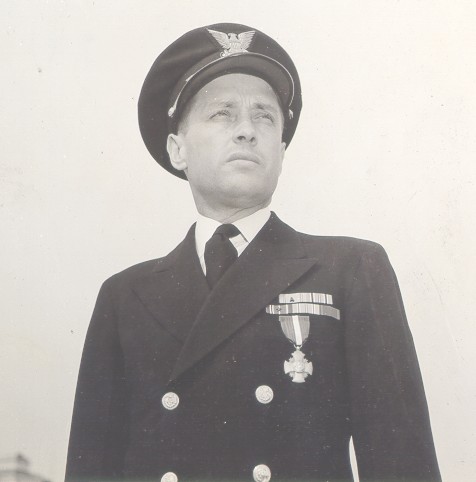
Unfortunately, the Germans knew this too and had fortified every port, ensuring that none of them would fall easily. Walsh was given maps of these ports, along with aerial photography, and troop estimates in the area. He had to combine all of this information into an effective plan of action. Not only to capture the ports but also quickly make them usable again.
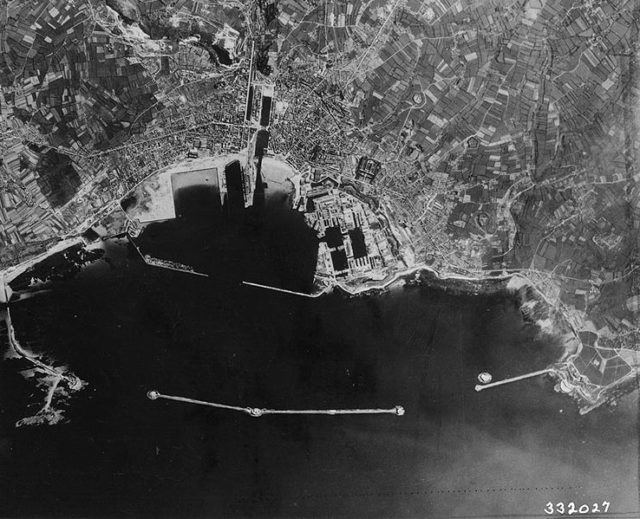
But Coast Guardsmen have always been known for improvisational solutions. Rather than teach the soldiers who took these towns how to build a port, why not teach Navy construction crews how to be soldiers? The plan seemed just simple enough to work.
The Navy SeaBees were already in England, based at Rosneath Naval Base in Scotland. Walsh wasn’t just a desk jockey, though. He could never lead from the rear, and had an aggressive nature which had served him well thus far in his career. He was now told to create his team of SeaBee-Commando hybrids, which he would lead into combat in France. Naval Task Unit 127.2.8 was formed.
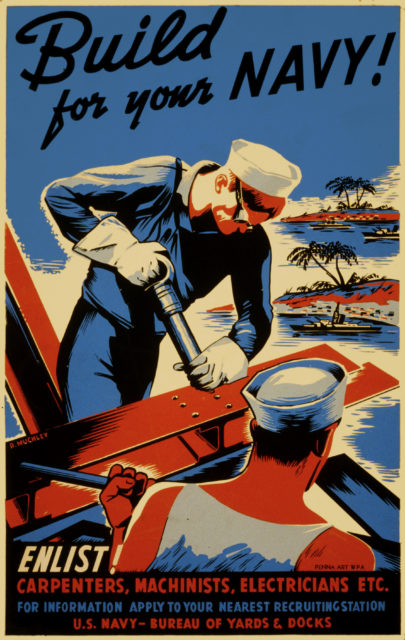
Walsh traveled up to Rosneath to visit the commander there. He explained he needed to select 52 men; give them rifles, grenades, bazookas, high explosives, pistols and submachine guns. The commander was, understandably, taken aback, but after a phone call with Walsh’s boss, a Rear Admiral in London gave no further troubles.
After months of training, planning, and equipping D-Day finally came. On June 6th, 1944 the Allied Forces landed in Nazi-occupied France, finally breaking into mainland Europe. Walsh and his unit joined the invasion force four days later, on June 10th. Attached to the US Army’s 79th Infantry Division, he entered their first target, Cherbourg, on June 26th, 1944.
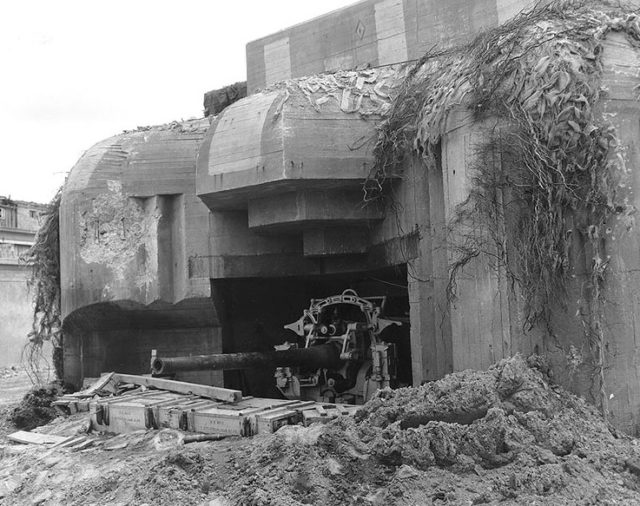
From the moment they entered the town, they met stiff resistance. Walsh’s men were fired upon by German machine guns, which they quickly silenced, using Thompson submachine guns and grenades.
They continued fighting, advancing towards the port, until June 28th. That morning, at 0800, Walsh took a 15 man reconnaissance party forward.
They furtively made their way through the debris littered streets, until they found a young German sailor who spoke broken English. With their prisoner/translator/guide in tow, they moved towards the Cherbourg arsenal, which was full of German troops, explosives, and weapons.
As they approached, a machine gun opened up on them again. Their guide explained they had encountered a pocket of drunken fanatics who would never surrender. Once the machine gun fire died down, they stealthily moved forward again, creeping from cover to cover across the narrow streets.
A German soldier stumbled out from the arsenal, terrified, waving a white flag. He explained that a few officers and 200 men wished to surrender. This was the first of many surrenders Walsh would accept this day. He detached four men to escort the prisoners back.
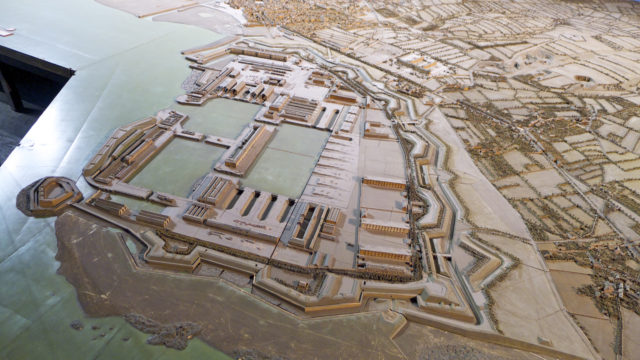
They again advanced, responding to sniper fire, and eventually taking another 200 German prisoners. They detached another four Americans to escort them, leaving only Commander Walsh, and seven men.
They had finally reached the arsenal and began to inspect it. They patrolled the inner harbor, where they stumbled upon another group of 85 Germans, all of whom surrendered. One of these Germans grew up in the United States and spoke English. He explained there were about 50 American paratroopers held prisoner in Fort du Homet, at the mouth of the harbor. What was worse, this was held by a group of fanatical Nazis, who again would refuse to surrender.
Walsh took one other officer with him, US Navy Ensign Lancer, and approached the fort under a white flag. Half expecting the Germans to respond with rifle fire, they were surprised to see a white flag raised in response. They met the German commanders in a small room on the fort’s second floor.
Walsh bluffed, saying he had 800 men under his command, who could rush forward from the arsenal and take the fort by force. It’s impossible to know if it was Walsh’s bravado or the fact that the German officers had just watched the entire town collapsing around them, but they agreed to surrender. The entire garrison, along with 50 paratroopers from the 101st Airborne Division walked out of the fort, to be greeted by American infantry and sailors.
From entering the town on the 26th, to finally securing it on the 30th, the U.S. Navy Task Unit 127.2.8 had taken approximately 750 prisoners, captured an arsenal and a fort and freed 50 American paratroopers.
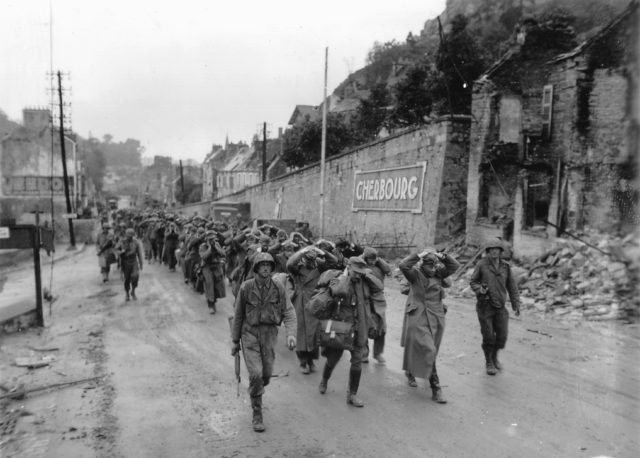
With the city secured, Walsh’s real job began. His unit was disbanded, and he was put in charge of the port. With the help of prisoners, freed slave laborers, and locals, they began to map the German defenses in the area.
There were numerous underwater mines to remove, deactivate, and secure. Likewise, the Germans had destroyed rail lines, docks, bridges, and channels. It wasn’t until late July that small transports could access the port, and not until August that larger ships could properly dock. Without Commander Walsh’s expertise and aggressive approach to work, the project would have taken significantly longer.
The Task Unit was recommissioned in August 1944 and was expanded to 400 men. They went on to secure Brest, on the Atlantic coast, and a major German submarine base. Later, attached to the 1st Canadian Army, they marched west and took Le Havre. At Le Havre, like Cherbourg, they came under intense fire almost immediately, but still secured all of their objectives in just two weeks!
Sadly, Walsh spent the last year of the war recovering from a powerful bout of pneumonia. His actions and contribution to the war effort though must not be overlooked. The securing of the port of Cherbourg, though challenging and slow, allowed the Allied armies to continue their advance towards Germany. It provided them with the supplies, food, and ammunition they needed for the long campaign ahead. For his actions at Cherbourg, Coast Guard Commander Quentin Robert Walsh was awarded the Navy Cross. He passed away in May of 2000.
